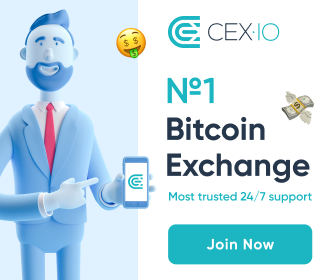| To view this email as a web page, go here. | |||||||||||||||||||||||||||||||||||||||||||||||||||||||||||||||
| |||||||||||||||||||||||||||||||||||||||||||||||||||||||||||||||
Crypto Long & Short: This is how it happens
A Beginners Guide to Bitcoin
- What is bitcoin?
- Why use bitcoin
- How can I buy bitcoins?
- How to store your bitcoins
- What can you buy with bitcoins?
- The current regulation around bitcoin
- How do bitcoin transactions work?
- How bitcoin mining works
- How to set up a bitcoin miner
- Who is Satoshi Nakamoto?
- Bitcoin glossaryExplanation of all bitcoin terms










0 Comments